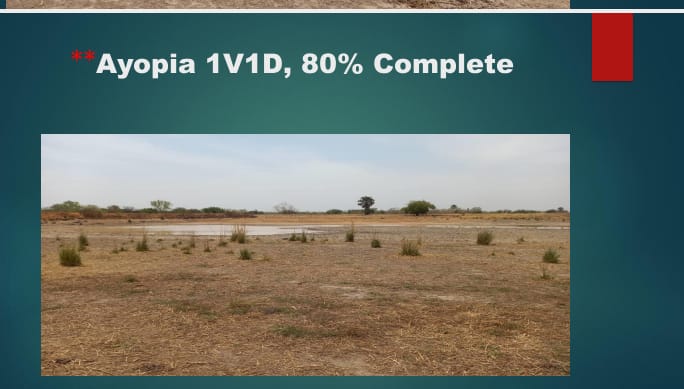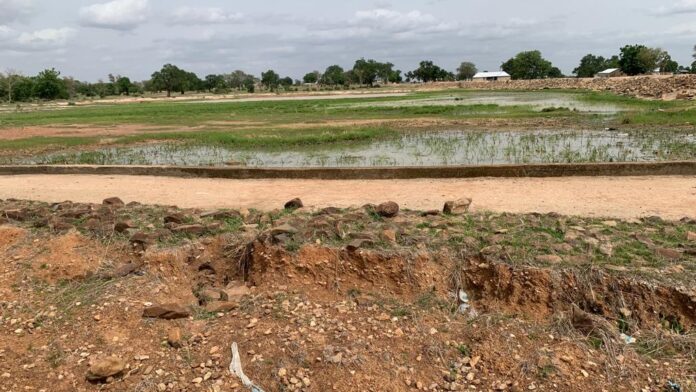An expenditure tracking of the government’s flagship program, the One-Village-One Dam initiative by the Northern Patriots in Research and Advocacy (NOPRA) has revealed the government has so far spent 201,113,875 of Ghana’s petroleum revenue on 285 projects.
Apart from the overall cost running into millions of oil cash, the average cost of a dam as observed by NOPRA, is 670,350 cedis per dam. An amount that is far in excess of the 250, 000 cedis sighted in contract award letters and as revealed by then Minister for Special Development Initiatives, Mavis Hawa Koomson.
The ACEP funded, NOPRA 1V1D Expenditure and Performance Tracking titled “Oil Money on dried land” also found out that 10,064,250 cedis of the Annual Budget Fund Allocation were paid for consultancy services and in some areas, like Yunyoo, Mion, and Tolon, payment exceeded contract sums.
Despite stating in the 2018 budget that an audit will be conducted on expenditures of the One-Village-One-Dam Initiative, no audit report has since been made available or found.
The 1V1D initiative was widely received by the chiefs and residents of Upper East, Upper West, Savannah, North East, and Northern Regions when the government announced the desire to construct the dams and subsequently cut sod for the project in Ayopia in the Bongo District of the Upper East Region.
But the projects have become an apology of their intended purpose with dams said to have been 100% completed drying up before March 2023.
The report by NOPRA captures that out of the 10 dams visited, 6 were completely dry with the others containing very little water.
The dam in Ayopia that saw the president cut-sod for is said to be 80% complete and had almost dried up by March.

“The 1V1D projects with 100% completion status in 10 beneficiary communities visited were drying up with 6 out of the 10 dams completely dried up. There was no dry season gardening or crop farming at the 10 dam sites visited making it a challenge not only to the achievement of the policy objectives of increased agricultural productivity, food security, jobs, poverty eradication, reduction in inequality, and reduction in out-migration but that of the ABFA that also seeks to maximize economic development and address regional inequalities in the country.
All 159 participants in the focus group discussions and community scorecard exercise in 7 beneficiary communities disagreed that 1V1D has contributed to increased agricultural productivity, food security, and job creation 4. ABFA of Ghc 201,113,875) of Ghana’s petroleum revenue was spent on 285 1V1D projects with an average cost of Ghc 670,350.00 per dam.
This figure is more than the figure of Ghc250,000.00 sighted in some award letters to contractors for the construction of the dams. 5. Consultancy services fees for construction supervision of 1V1D in northern Ghana under the 1V1D stood at Ghc 10,064,250 of ABFA.” The report shared by the Executive Director of NOPRA, Bismark Adongo Ayorogo, captured.
The findings also point to the absence of an audit report years after the implementation and despite the government resolving to have expenditure on the 1V1D initiative audited.




